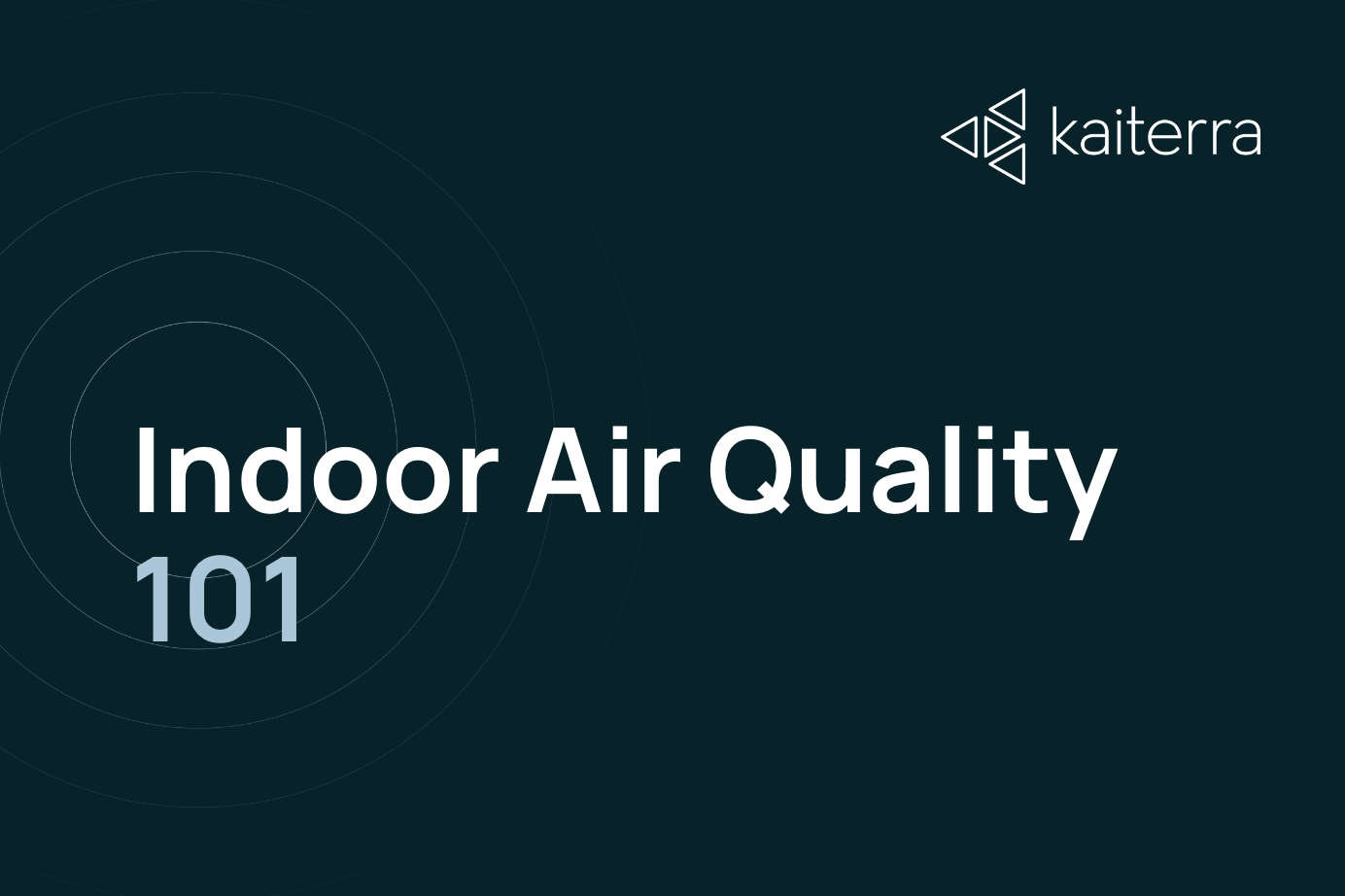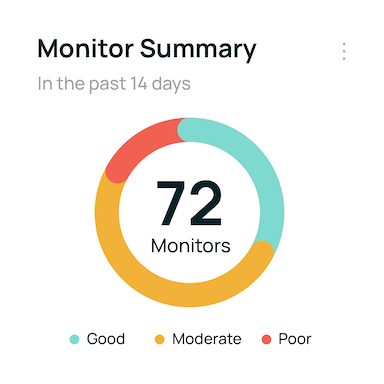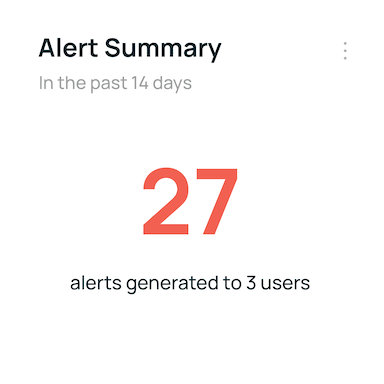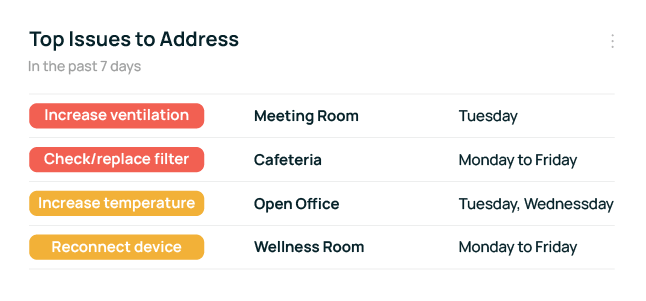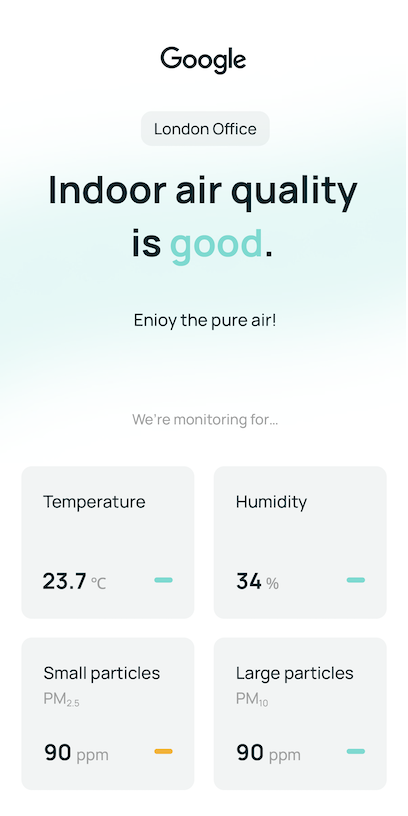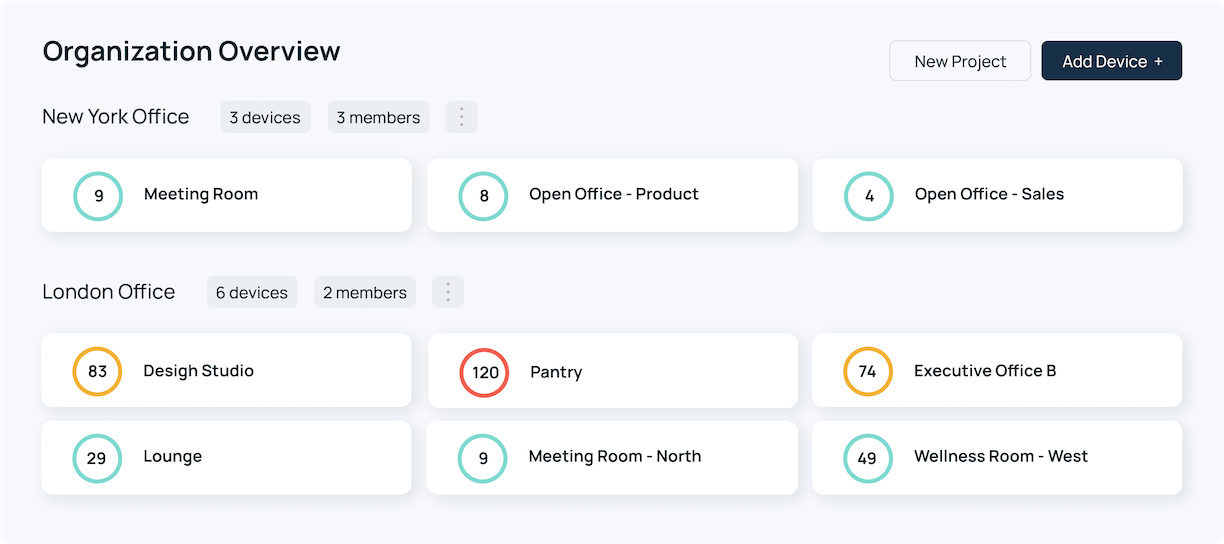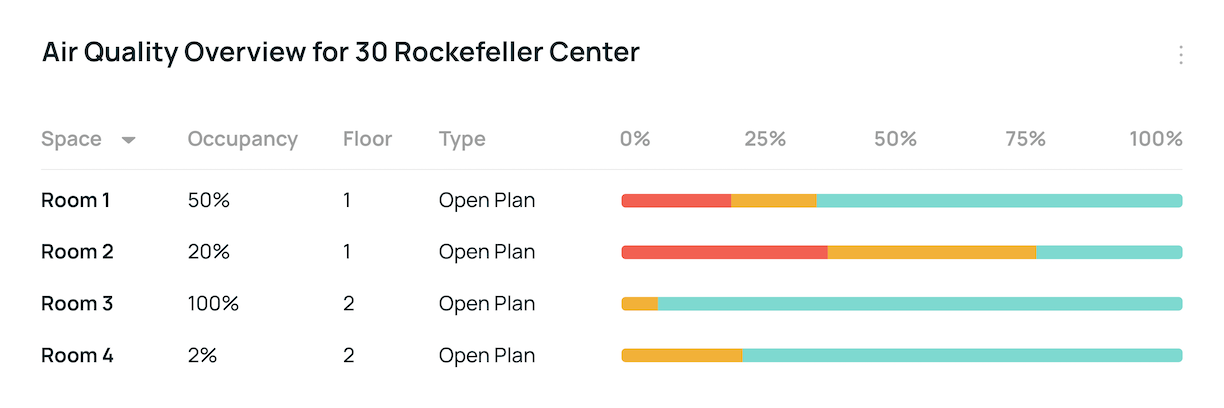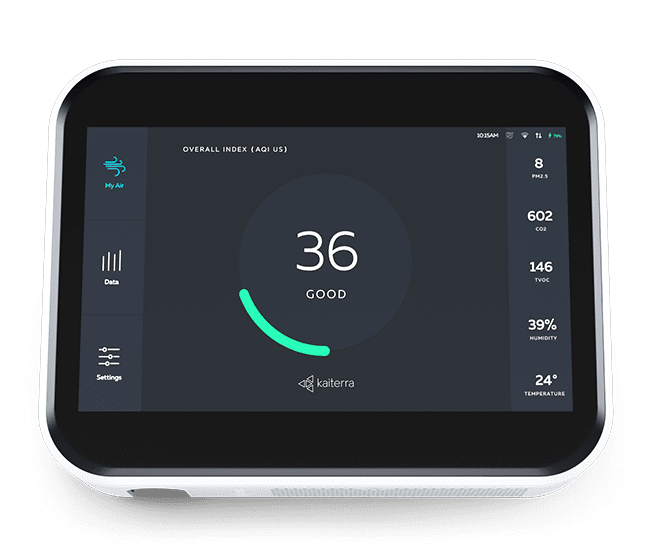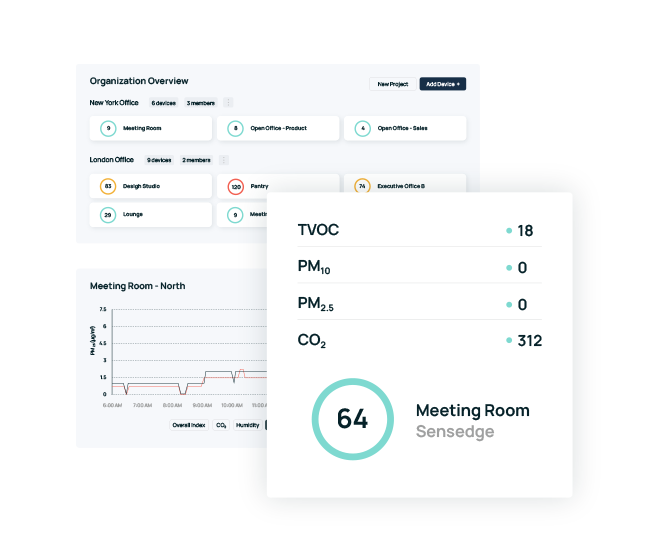trusted by the world's most innovative companies















You shouldn't spend valuable time trying to make sense of your air quality data or guessing what to do.
We have air figured out.
Whether your goal is to improve your indoor air quality, achieve certifications, optimize building performance, or create a world-class workplace experience, we use our expertise to bring you answers, insights, and most importantly, tangible results.
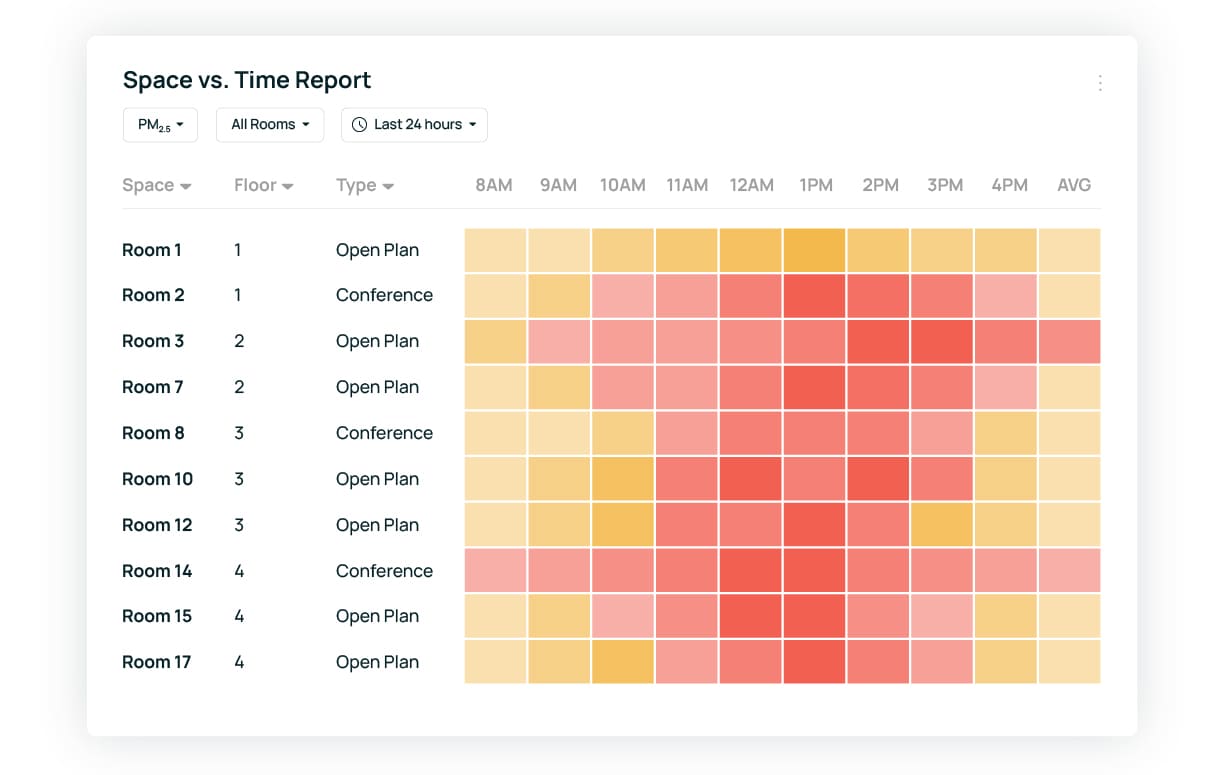
Explore your air quality toolkit
You have goals,
We deliver results
in average PM2.5 concentration
in workforce performance
in energy consumption using DCV
Our Solutions
Leverage indoor air quality monitoring to deliver elevated workplace experiences that engage the workforce, retain talent, boost health, and increase productivity.
Learn moreMake data-driven decisions in building design and operations with real-time air quality data. Deliver smart, innovative, healthy, and sustainable buildings.
Learn moreImplement air quality monitoring to win points towards valuable building certifications and rating programs, such as WELL, LEED, Fitwel, RESET, and UL Verified Healthy Buildings.
Learn more

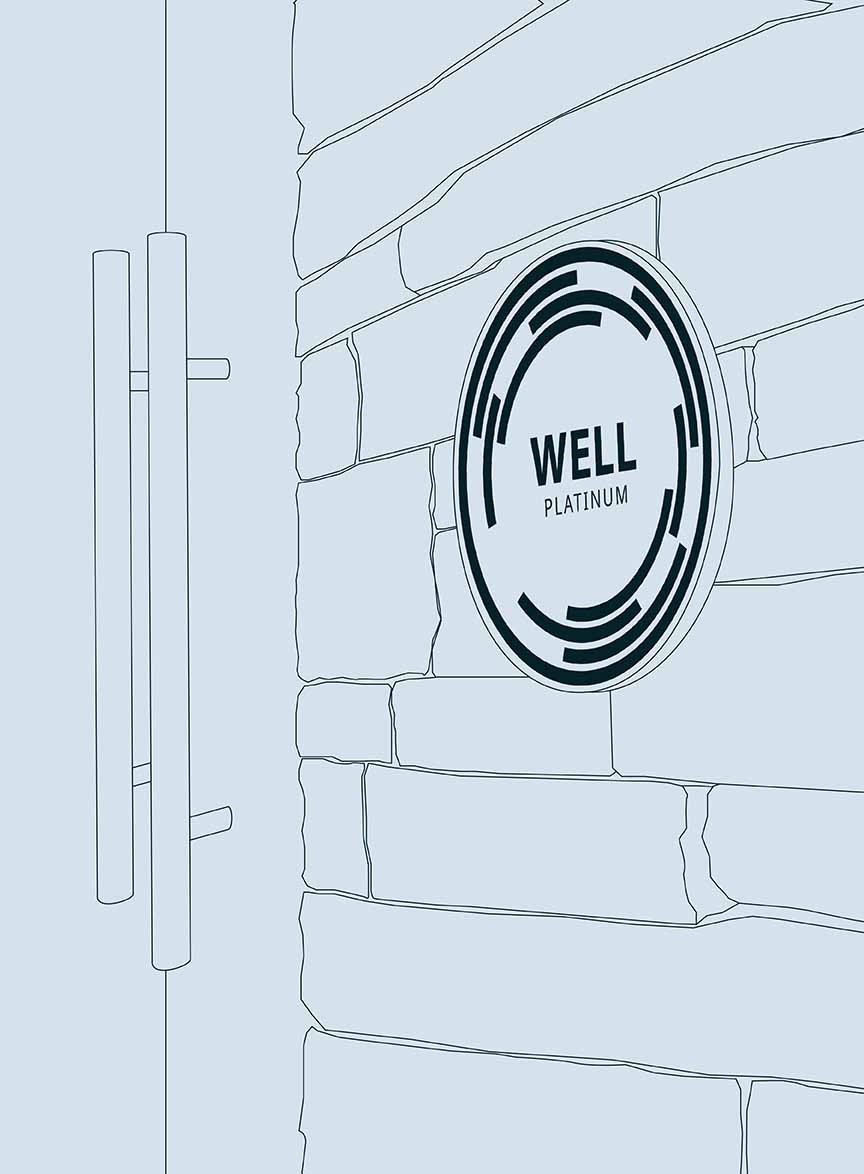

We sent a Sensedge to 15 members of our LinkedIn Workplace Team and found that the more people knew about their indoor air quality, the more they took steps to improve it. Employers should encourage this growing awareness of IAQ and do what they can to help support better air quality in their workers’ homes and at the office.

Our employees are our greatest asset, so we wanted to design a space that was comfortable, inviting, and most importantly, safe to return to. With the air quality data provided by our Sensedges, we were able to be transparent about the air quality while also being able to apply these findings to the WELL certification process.

We collaborated with Kaiterra to help improve IAQ in the built environment. Connecting Kaiterra sensors to Johnson Controls Metasys or OpenBlue, has proven to improve performance, reduce COVID risk, and optimize energy.
Transforming your built environment is simple.
Speak with our air experts to discuss your project goals, needs, and timeline.
Your designated customer success manager will make sure your implementation process is seamless.
Start monitoring and achieve improved occupant wellbeing, increased energy efficiency, and reduced carbon emissions.
Get inspired and learn more
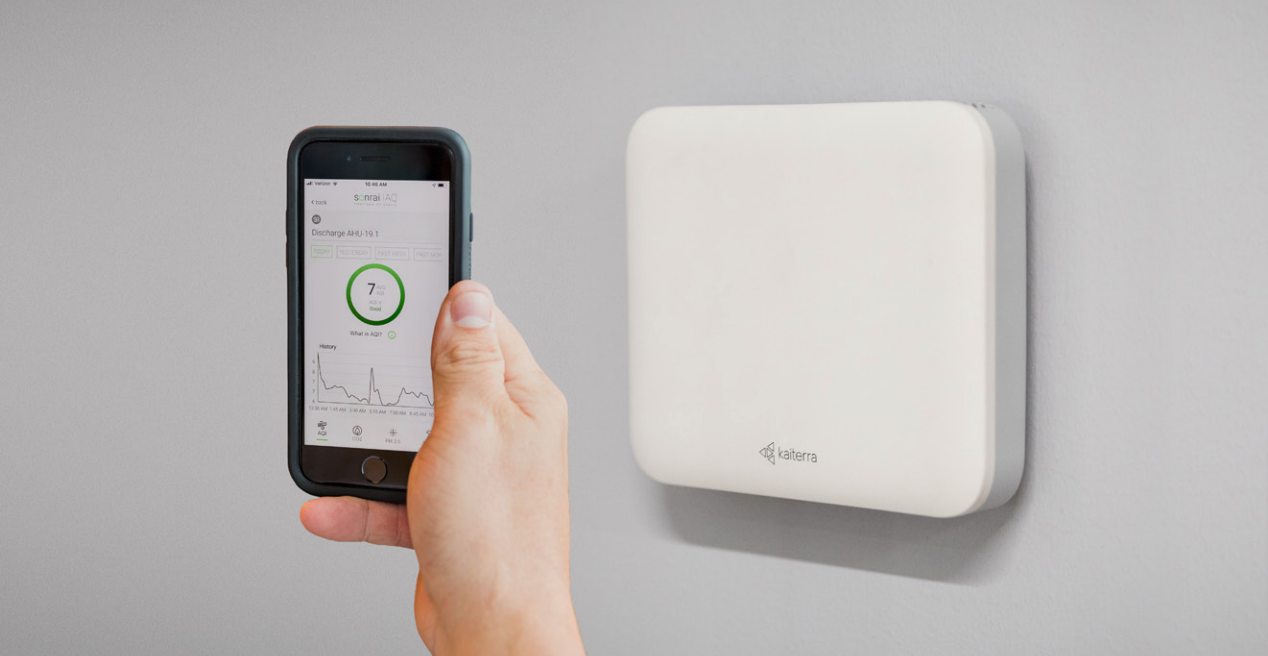
See how we help one of Chicago's best real estate firms achieve RESET Air Standard certification and instill tenant trust.

Learn from the healthy workplace transformation at the International WELL Building Institute's New York headquarters.

Find out how to use IAQ data to create a safe environment for students and university staff on campus.





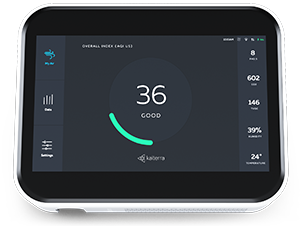
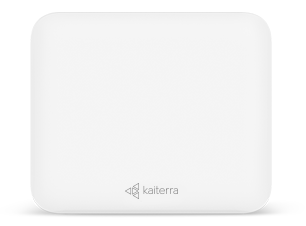
.png?width=306&height=226&name=Menu%20C%20(2).png)
.png)
